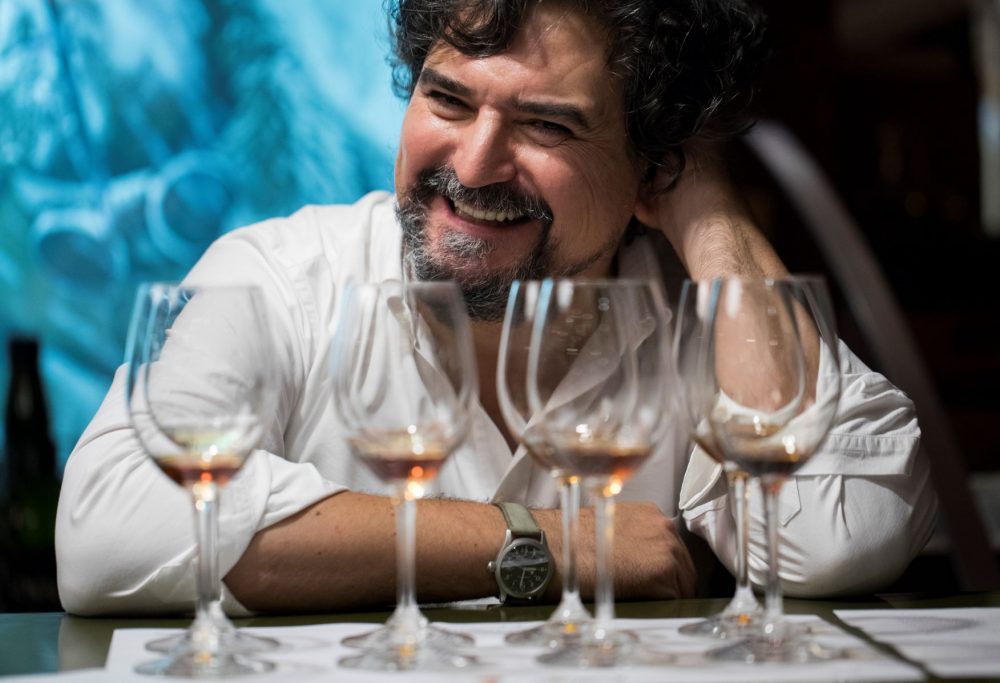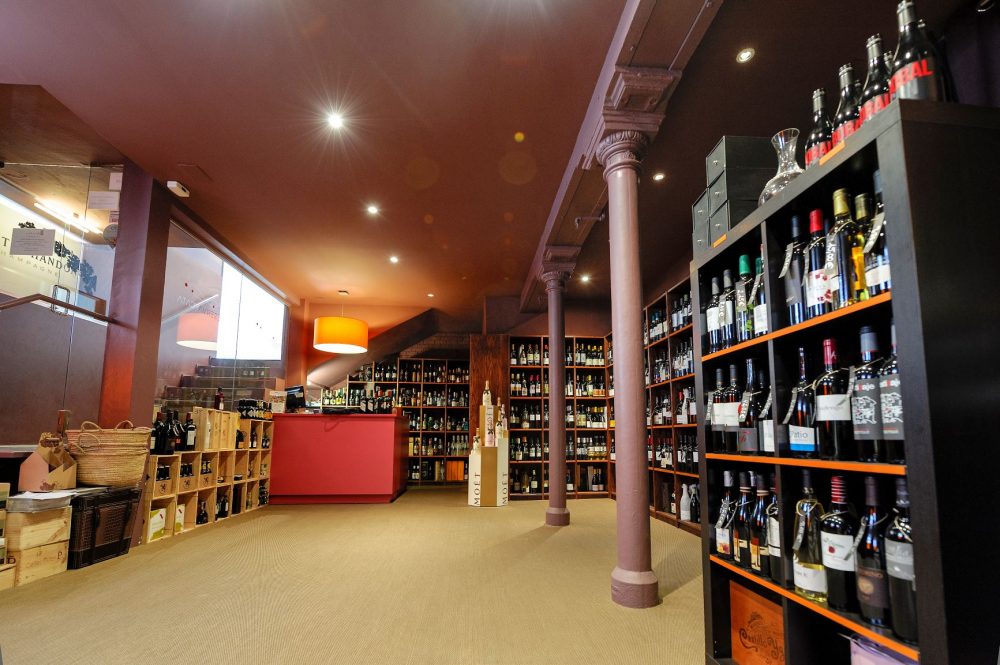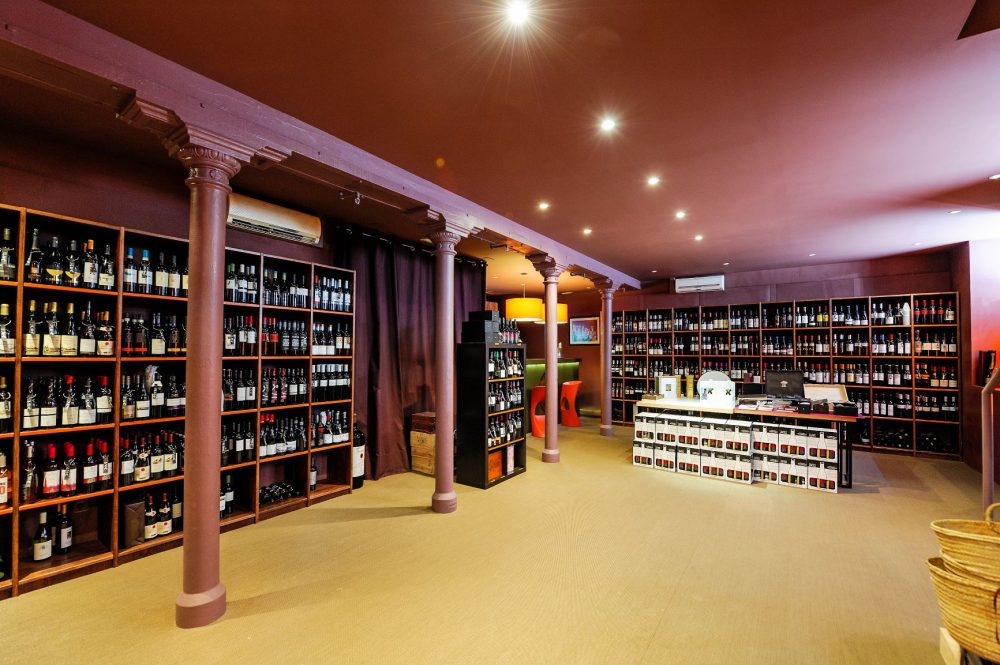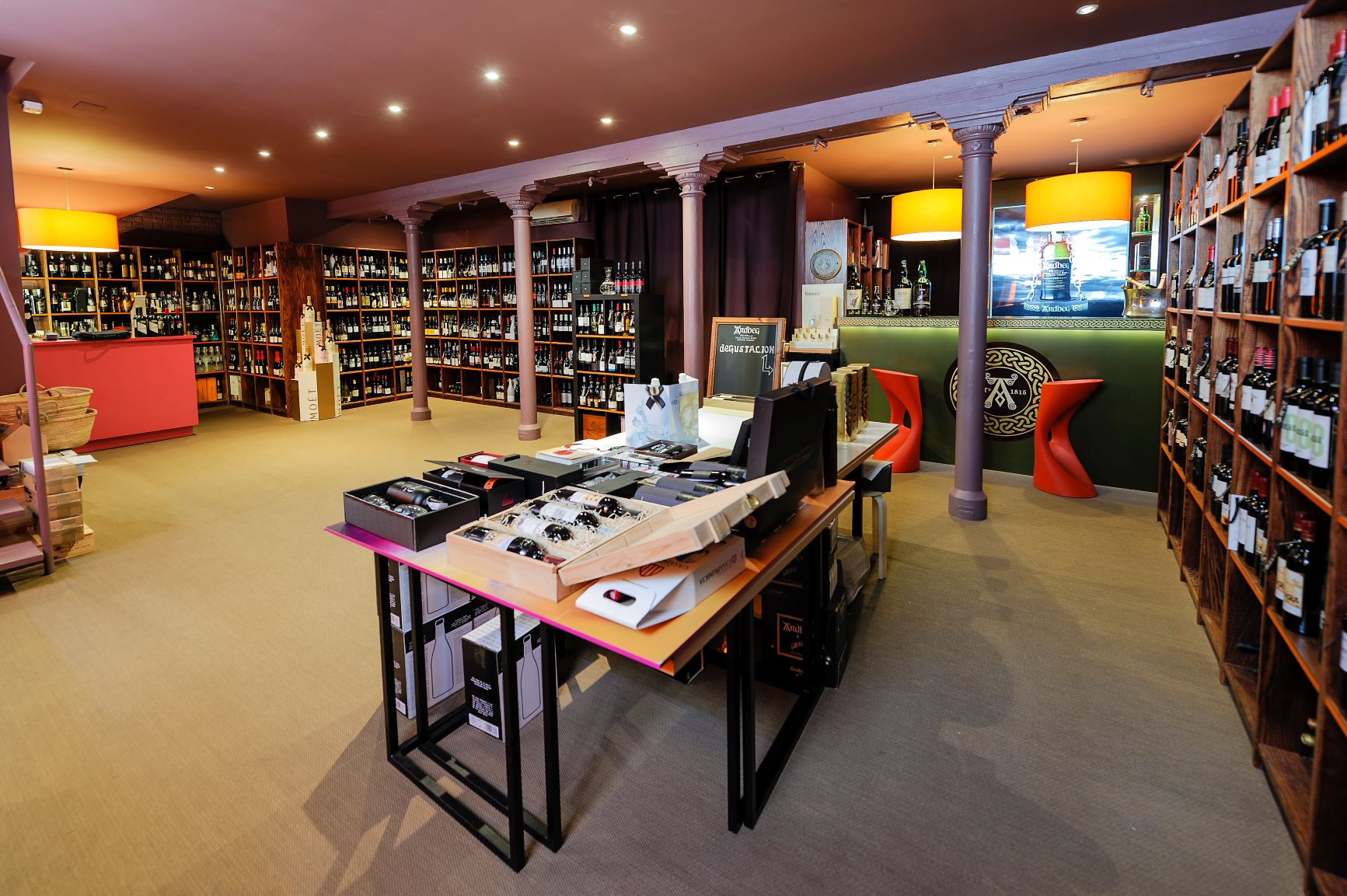
©Ezequiel Sánchez-Mateos Úbeda. Reserva y cata
Reserva y Cata is a wine shop, located in the center of Madrid, founded in 1997, and run by a small family business headed by Ezequiel Sánchez-Mateos Úbeda. A wine shop that offers the best of Spanish production (with international sales online too), also offering wines from the best producing countries.
Ezequiel Sánchez-Mateos Úbeda manages the wine shop, one of the most popular in Madrid, offering the customer his experience on the subject. Not only a trader. Sánchez-Mateos Úbeda is also an entrepreneur, owner of a wine company.
In this interview, Ezequiel Sánchez-Mateos Úbeda shares his experience and his thoughts on Spanish wines and their international appreciation.

©Reserva y cata
When was your passion for wine and the decision to open a wine shop born?
My passion for wine is linked to my childhood in La Mancha and to direct contact with the family vineyards, vintages and wineries around me. On a professional level, it was 1996 when I set up my first company and the following year the first Reserva y Cata store started its activity. The idea was to emulate some of the most important wine chains that emerged in large European cities such as “Oddbins” in London and “Nicolas” in Paris.
Located in Madrid, the shop is also a reference point for foreign visitors. In your experience, is there a difference between European and, for example, North American buyers? What kind of wine do you both like best?
Omitting the period we all know, our shop receives many visits from tourists and foreigners residing in Madrid. We have observed that, in general, the European buyer is looking for wines from small producers and is concerned that the production methods follow organic, biodynamic or natural guidelines. We are fortunate because our North American customers are very knowledgeable and ask us for specific labels and wines from certain areas. In general, I notice that there is a growing interest in Spanish wines and this is demonstrated by the constant increase of tastings in English carried out in our store.

©Reserva y cata
Within the very competitive international wine market, especially in the old world, how is Spain positioned today? And what are, according to your experience, still the margins for improvement?
I would define our weak international influence in the world of wine a “Spanish paradox”. It is difficult to believe that the largest vineyard in the world does not have the notoriety it deserves. However, this can also be interpreted as a business opportunity, as we have a large market share, also reaching similar producing countries such as France and Italy. And I am not referring to the liters or bottles sold, but to the billing figure shown by our international trade. We need to increase the average price per bottle of exported wines and this is consolidated, among other things, with media oenologists and specialized journalists who communicate well in English, a supra-regional international marketing strategy to sell a powerful and common image of a country, connect the quality of our wines to that of our restoration, etc.
Which geographical area of Spain that produces wine attracts the Spanish consumer and which foreigner?
The consumption (and production) habits of wine in Spain have changed in recent years, passing from dense wines, with a lot of extraction and wood, to lighter and fresher wines, that is, easy to drink. We can find good examples made with native varieties in areas with Atlantic influence such as Galicia and the Canary Islands. For foreign customers, classic designations of origin such as Rioja and Jerez continue to weigh heavily, even if, in our case, they are very receptive when trying wines from small wineries anywhere in Spain.

Which Spanish wines are you looking at for 2022 among those still little known on the international market?
I am very interested in wines produced with minority indigenous grapes. Some of them are: Juan García and Bruñal in Arribes de Duero; Maturana in La Rioja; Caiño, Brancellao and Sousón in Galicia; Red Velasco alla Mancha; Pintaillo and Tardana in Manchuela; Moristel and Parraleta in Somontano; Trepat in Conca de Barberá; Forcallat in Murcia and Mantúo in Jerez, to name a few.
The Wolf Post is free, always without paid content.
It is supported by a Culture Association.
Yet, your contribution would also be a sign of appreciation for our work.








